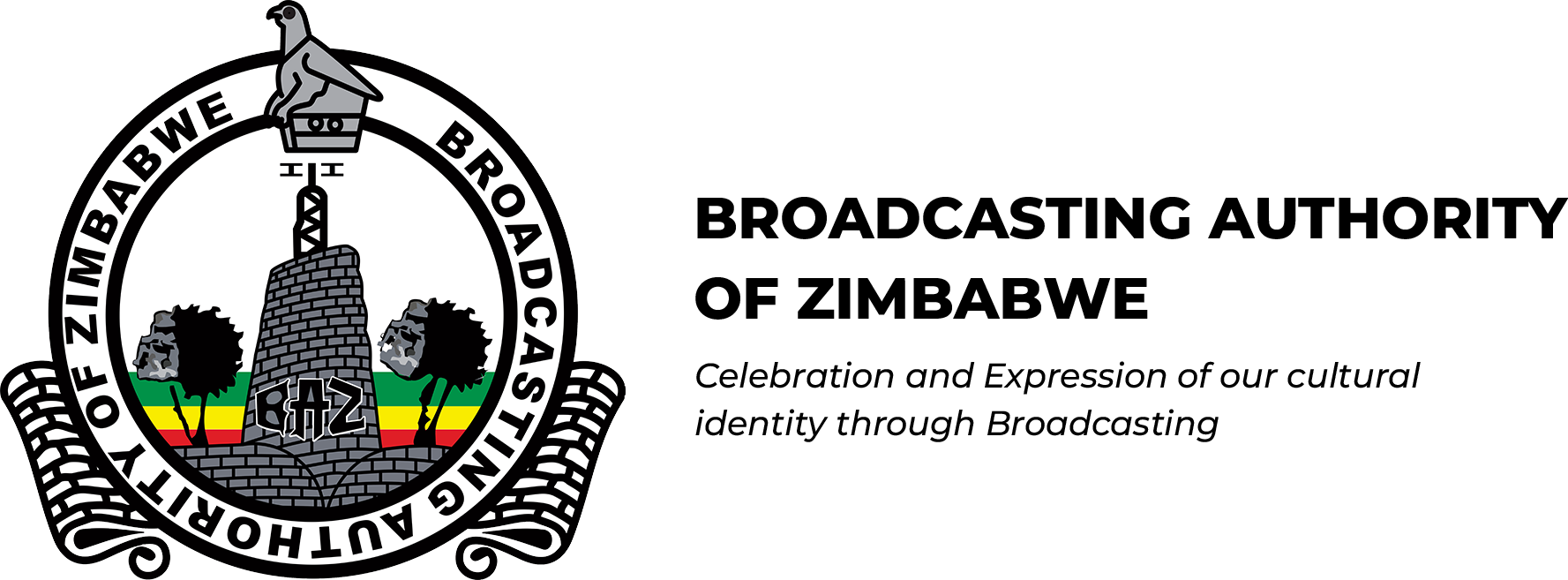- FM RADIO BROADCASTING TECHNICAL STANDARDS
FREQUENCY BAND 87.5-108MHz
Transmission Standards (Based on ITU-R 450-1)
- Monophonic transmission
1.1 RF signal carrier frequency –modulated but sound signal with maximum frequency deviation equal to 75 KHz
1.2 Pre-emphasis of the sound signal
Pre-emphasis of the sound signal of 50µs
2 Stereophonic transmission
Pilot –tone system (System 4)
2.1 RF signal
Carrier frequency modulated by stereophonic multiplex signal with a maximum frequency deviation equal to 75 KHz
2.2 Stereophonic multiplex signal is the sum of:
– the pre-emphasised signal M
– the side bands of the suppressed sub-carrier amplitude modulated by the pre-emphasised signal S
– a ‘pilot signal’ with a frequency of 19 KHz exactly one half the sub carrier frequency
2.3 Pre-emphasis 50µs
2.4 Amplitude referred to the maximum amplitude of the stereophonic multiplex signal (which corresponds to the maximum frequency deviation )
- i) Signal M :90% max (A and B being equal and in phase)
- ii) Signal S :maximum value of the sum of the two side bands :90% ( corresponding to A and B being equal and of opposite phase)
iii) Pilot signal :8 to 10 %
- iv) Sub carrier at 38 KHz suppressed :maximum residual amplitude 1%
M and S are equal to one half of the sum and one half of the difference of the ‘left hand’,a ‘right `
A and ‘right hand ` , B signals ,respectively .
Equipment
- i) Transmitter Power : as per plan
- ii) Transmit Frequency : as per plan
iii) Frequency Tolerance : 2kHz (< 50W ,3KHz)
- iv) Maximum Deviation : 75KHz
- v) Class of Emission : 300KF8E
- vi) Bandwidth of Emission : 300KHz
vii) Spurious emission : 70dBc and less than .1mW absolute mean power level
Audio quality parameter and target values shall be as contained in ITU-R Recommendation 644
The audio signal level shall be at 0 dB (equivalent to 0.775 volts across 600 ohms) and the signal distribution shall be at +4dB with reference to 0.775 volts
B .TELEVISION BROADCASTING TECHNICAL STANDARDS
This analogue standard will apply up 17 June 2015
VHF AND UHF BANDS
- Transmission Standard
Colour System: PAL
Standard: ITU-R BT .470 and 472
Code G 625 lines/frame 50fields/s
Nominal radio-frequency channel bandwidth 8 (MHz)
Sound Carrier relative to vision carrier +5.5+/- 0.001MHz
Nearest edge of channel relative to vision carrier -1.25 MHz
Nominal width of main sideband 5 (MHz)
Nominal width of vestigial sideband 0.75 (MHz)
Minimum attenuation of vestigial sideband 20dB (-1.25 MHz)
20 dB (-3.0MHz)
30 dB (-4.43 MHz)
Type and popularity of vision modulations: C3F neg
Synchronizing level : 100
Blanking level : 75+/- 2.5
Difference between black level and blanking level: 0 to 2 (nominal)
Peak white level : F3E
Frequency deviation (KHz): +/- 50
Pre –emphasis for modulation (us) : 50
Ratio of effective radiated power of vision /sound: 10/1
Line frequency fh and tolerance when operated
non synchronously (Hz) : 15625+/- 0.0001%
Maximum variation rate of line frequency valid
for monochrome transmission (% /s) : 0.05
2 Equipment
Transmitter power: as per plan
Transmitter frequency: as per plan
Frequency tolerance: 500Hz
2kHz <100W pep
5KHz < 1W pep (V)
10 KHz <1 W pep (U)
Spurious emission:60 dBc ,1mW absolute mean power level for
VHF and 12mW for UHF
Video input level: 1V p-p at 75 ohms unbalanced
Transmission equipment shall be capable of being retrofitted to digital transmission.
3 . Quality
Video quality shall be Betacam SP or any other professional broadcast quality video format
Television studios shall be capable of handling all professional broadcast quality video format and shall be equipped with a standards converter for conversion to the transmission standard.
C.DIGITAL TELEVISION STANDARD
See section on Digital Broadcasting
